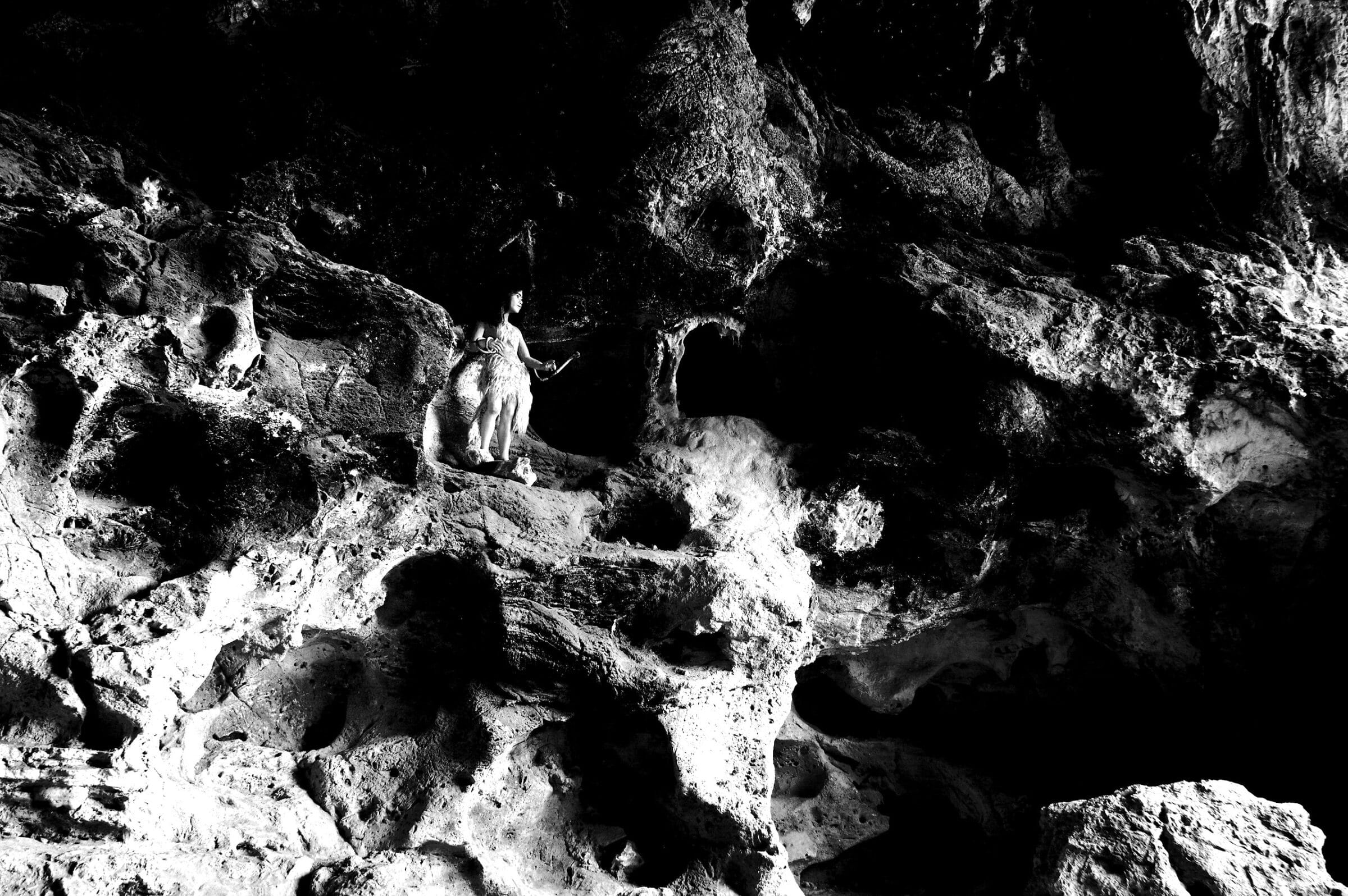Here is some surprising information about humans from 300,000 years ago. At ZME Science, Mihai Andrei writes:
For decades, our image of early humans has been shaped by what they left behind. Usually, this meant sharp stone blades, crude axes, and piles of animal bones. This led to a view of our ancestors as heavily focused on meat — munching on mammoth and steak. But what if that picture is missing half the story, simply because it rotted away?
A stunning discovery in southern China is reshaping that story. At a lakeside site called Gantangqing, archaeologists have uncovered 300,000-year-old wooden tools — intact. These are not only the oldest man-made tools ever found in Asia, but they reveal a side of ancient life that’s been all but invisible: early humans who thrived by harvesting plants.
“Not Just Hunters: Wooden Tools Unearth the Sophisticated, Plant-Eating World of Early Humans,” July 17, 2025
Not as Dumb as Evolution Dictates
From the paper:
We report an assemblage of 35 wooden implements from the site of Gantangqing in southwestern China, which was found associated with stone tools, antler billets (soft hammers), and cut-marked bones and is dated from ~361,000 to ~250,000 years at a 95% confidence interval. The wooden implements include digging sticks and small, complete, hand-held pointed tools. The sophistication of many of these tools offsets the seemingly “primitive” aspects of stone tool assemblages in the East Asian Early Paleolithic. This discovery suggests that wooden implements might have played an important role in hominin survival and adaptation in Middle Pleistocene East Asia.
Jian-Hui Liu et al. ,300,000-year-old wooden tools from Gantangqing, southwest China. Science 389, 78-83(2025).DOI:10.1126/science.adr8540
Andrei adds,
People stored nuts (pine nuts and hazelnuts) and picked fruits like kiwi, raspberry-like berries, grapes, and edible herbs. Using their wooden tools, the people looked for edible leaves, seeds, tubers and rhizomes. These were likely dug up from shallow mud near the shore.
They seemed to know what to look for, which suggests a fine knowledge of the environment.
“Sophisticated, Plant-Eating World of Early Humans”
Recall that this was all happening from ~361,000 to ~250,000 years ago. Overall, our ancestors have persistently failed to be anywhere near as stupid as current evolutionary theory requires.
Indeed, as Michael Egnor and I have pointed out in The Immortal Mind (2025), the human mind has no history. We see it when and where we see it. But we must be looking for it — not for some brute who may never have existed.
Cross-posted at Mind Matters News.








































